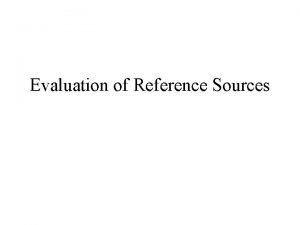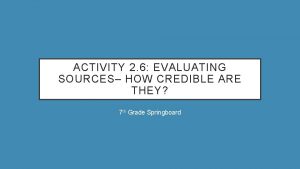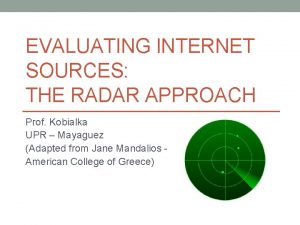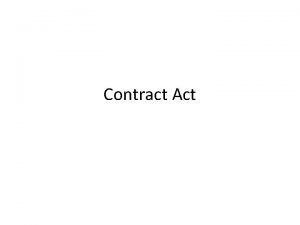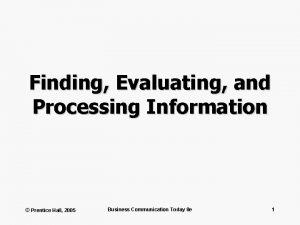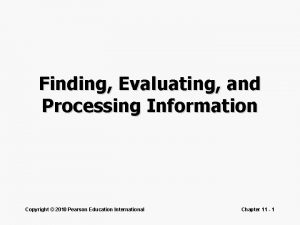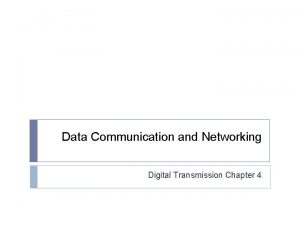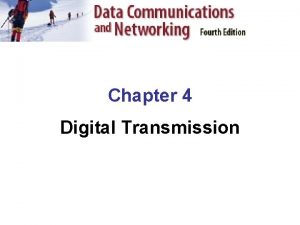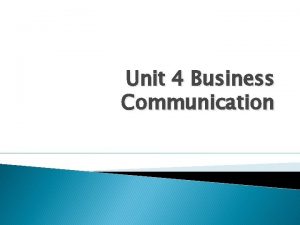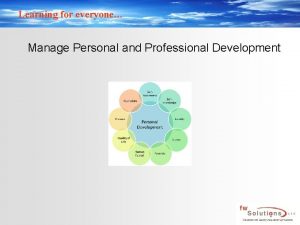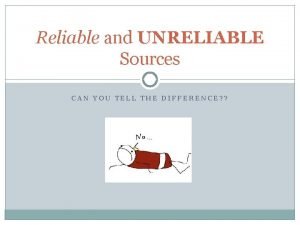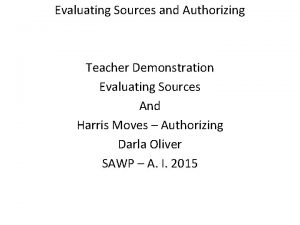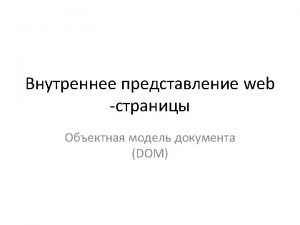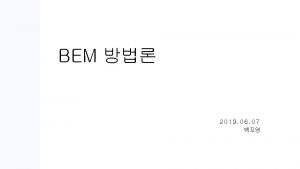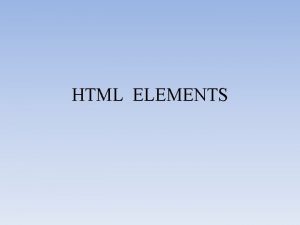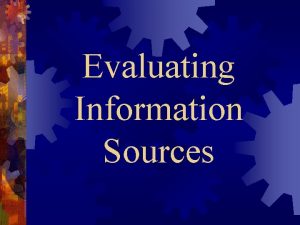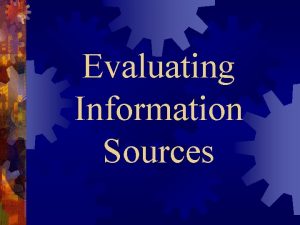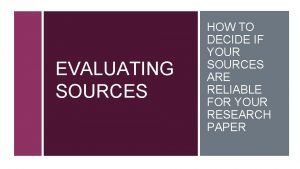Evaluating Information Sources An essential element to information














- Slides: 14

Evaluating Information & Sources An essential element to information literacy

Funding & support provided by

This module includes Resources and ideas to help teach students how to fact check and evaluate digital resources. This includes materials that help students evaluate: ● ● News sources Advertising claims Bias and propaganda Primary Sources

Determining which sources are reliable, balanced & accurate supports the following standards: WA Ed. Tech 3. b. Students learn how to evaluate sources for accuracy, perspective, credibility and relevance. Literacy in all subject areas, including Explore the AASL / ISTE Standards Crosswalk Integrate and evaluate content presented in diverse media and formats, including visually and quantitatively, as well as in words. 1 ELA CCSS. ELA-LITERACY. CCRA. R. 7 CCSS. ELA-LITERACY. RH. 6 -8. 8 Distinguish among fact, opinion, and reasoned judgment in a text.

Evaluation of social media and other online sources is essential to student success Most students have a smart phone by the time they are in high school. Social media and Youtube are far more popular than traditional information sources. Most students don’t question or fact check what they see on social media even though they know there is frequent misinformation. For more information, check out: News Use Among Social Media Platforms, 2018 Commonsense Media Survey of Teens and News on Social Media

How often do you teach your students how to evaluate: ● ● ● Pikrepo Online news articles blog posts Tweets Instagram posts You. Tube videos Tik. Tok videos If we don’t help students read and understand what they use daily, we are not helping them to become informed, thoughtful members of our community.

Evaluating Sources for Accuracy Teaching students how to fact check information from a variety of sources, including images and videos, is an essential part of information literacy. At a time when information has been politicized, you can construct activities for topics that help students gain skills that they can apply to more heated topics in their personal information environment. In the chat, share some topics that are fairly neutral that you could have students fact check. For example: ● Elementary students fact check 2 truths and a lie about an animal, state or historical time period. ● Middle school students fact check advertising claims about health, wellness and beauty products. ● High school students fact check information about vaping, marijuana and other health topics.

Teaching Students to Evaluate News and Information Explore these teaching resources. What is one activity or resource you could use or adapt in your own teaching or with your classroom teachers? ○ ○ ○ Fake News Lesson Resources from PBS (MS) Turn Students into Fact Finding Detectives Media Literacy Booster Pack from the Newseum (gr 5 -12) News Literacy Project Resources Facts in the Time of Covid 19 Jennifer La. Garde’s Break. Out EDU ■ Activity ■ Answer key

Washington State & OSPI Support for Media Literacy Many schools and educators around the state have received grant funding to develop digital citizenship and media literacy units of study for K-12 educators, Find these resources on the WA OER website. Some will be posted by the end of 2021. OSPI information for Digital Citizenship and Media Literacy Digital Survival Skills curriculum developed by Shawn Lee, history teacher at Ballard High School ● ● Module 1 Module 2 Module 3 Module 4

Information literacy: more than just the facts Basic fact checking is just the start of a rich and essential media literacy curriculum. Older students can delve more deeply into issues of bias, propaganda, and other ways in which information may be presented for a particular audience and purpose. This type of analysis directly supports critical reading skills across subject areas. Take a quick look at these different types of false or manipulated information. How many of these are currently taught to students at your school? Which ones do you think are most essential for student success? Beyond Fake News: 10 Types of Misleading News

Beyond the Facts: Advertising & Images Even young learners can understand how to question and fact check images, or how to identify advertising techniques. ● ● ● Pick. Pic Is Seeing Believing Commonsense Media lesson about altered images (Gr 3) Advertisement Lesson for Kids (Youtube) Junk Food Ads and Kids (You. Tube) FTC Lesson Resources for analyzing ads (Gr 5 -6) Primary school resources to teach students about advertising from Media. Smart (UK)

Secondary Students can examine more complex issues like bias and propaganda ○ Decoding Media Bias Lesson Plan (MS/HS) ○ Media Bias Lesson Plan from Allsides (HS) ○ Analyzing How Words Communicate Bias (MS) ○ Mind Over Media Propaganda Resources (HS) Pxfuel

Analyzing Primary Sources: another way to examine media & information Teaching students to ask critical questions about images, political cartoons, and other primary sources will help strengthen skills they can use for more modern, digital forms of media. Library of Congress Primary Source Teaching Tools Students can ask questions like: Primarily Washington ● ● Who created this image/document? What was their purpose? What do we need to research to understand more about this artifact? Who else’s perspective should be included? National Archives Educator Resources

Analyzing a wide variety of texts & information develops critical thinking Students who learn how to question, evaluate and compare sources of information become more empowered users and consumers of information. What is one grade, topic or lesson you can include in your teaching this year? From Pxfuel
 Reference for image
Reference for image Evaluating credible sources activity
Evaluating credible sources activity Radar evaluating sources
Radar evaluating sources Print sources and web sources
Print sources and web sources Importance water resources
Importance water resources Plamatic acid
Plamatic acid Difference between contract and agreement
Difference between contract and agreement Finding evaluating and processing information
Finding evaluating and processing information Finding evaluating and processing information
Finding evaluating and processing information Signal element vs data element
Signal element vs data element Signal element vs data element
Signal element vs data element Sources of information in business communication
Sources of information in business communication Professional development trends and their validity
Professional development trends and their validity What are unreliable sources
What are unreliable sources Autobiography using primary sources example
Autobiography using primary sources example
